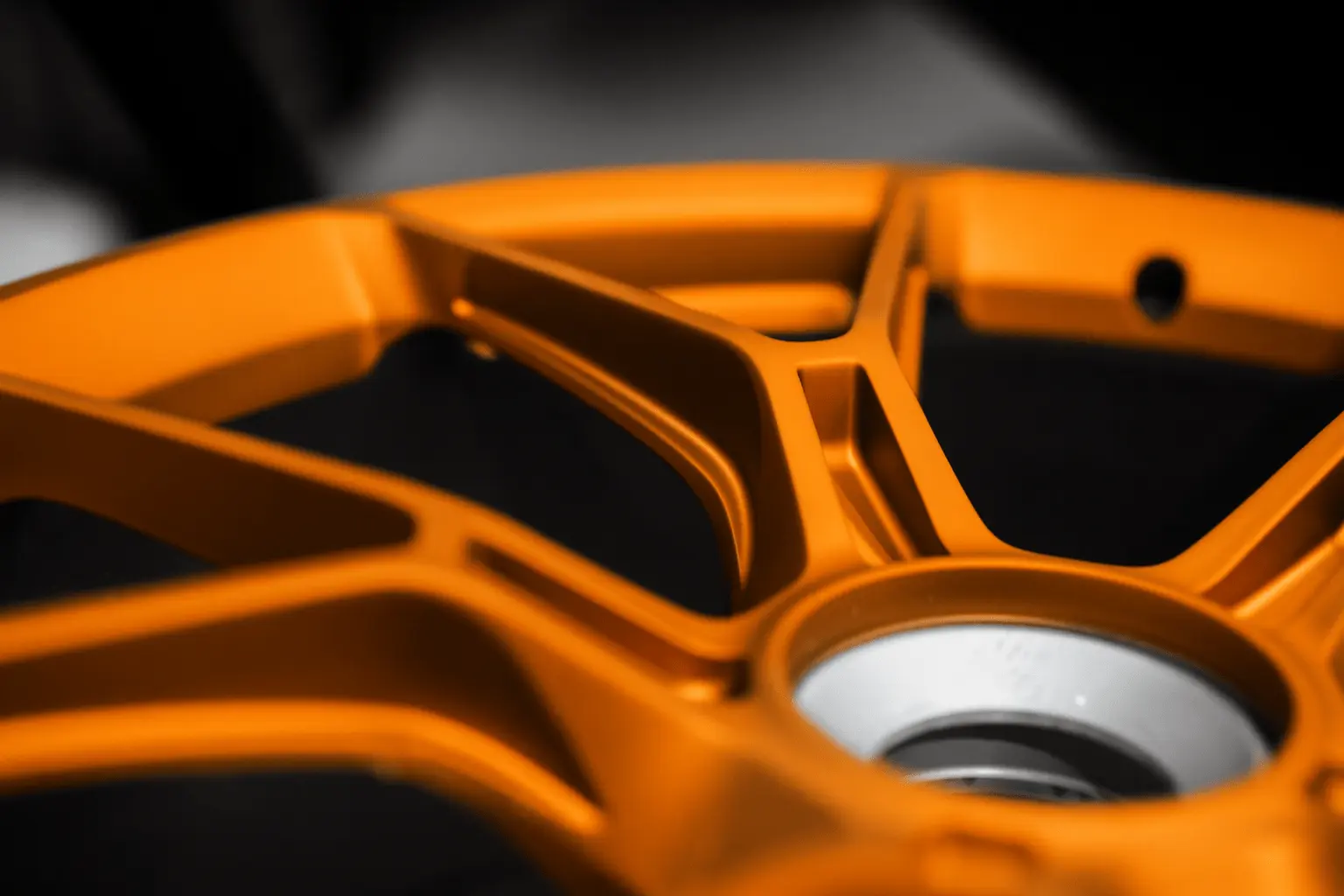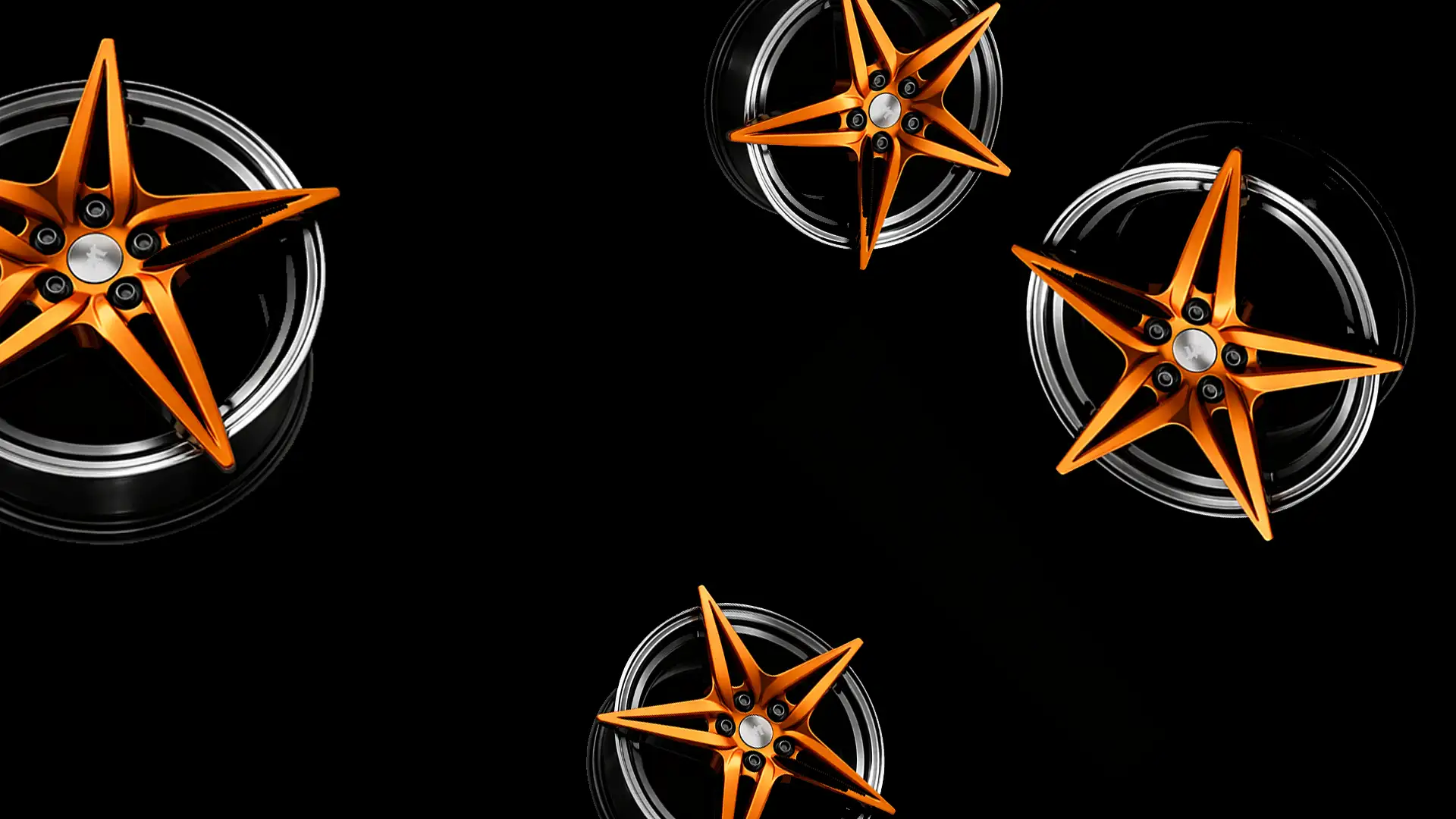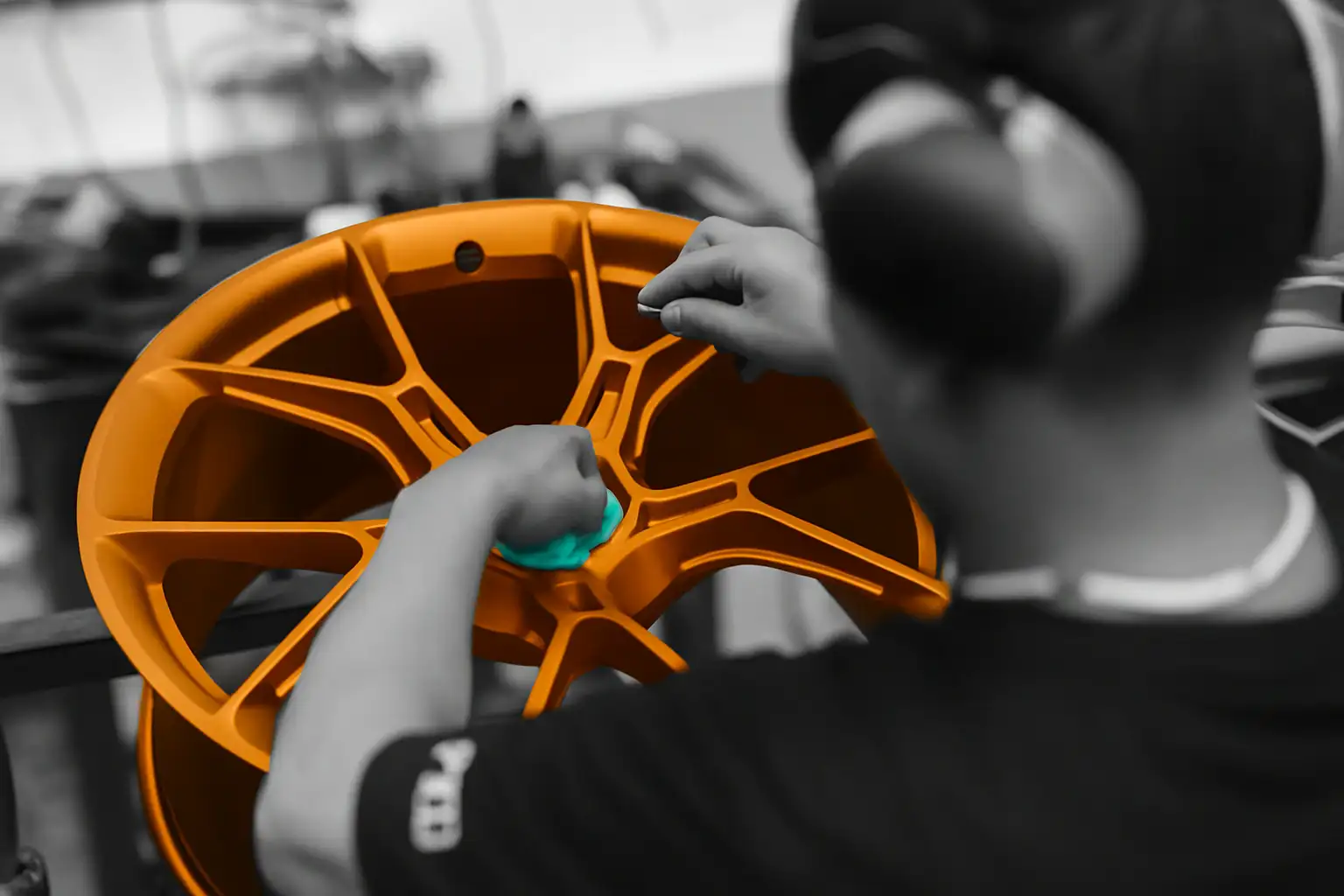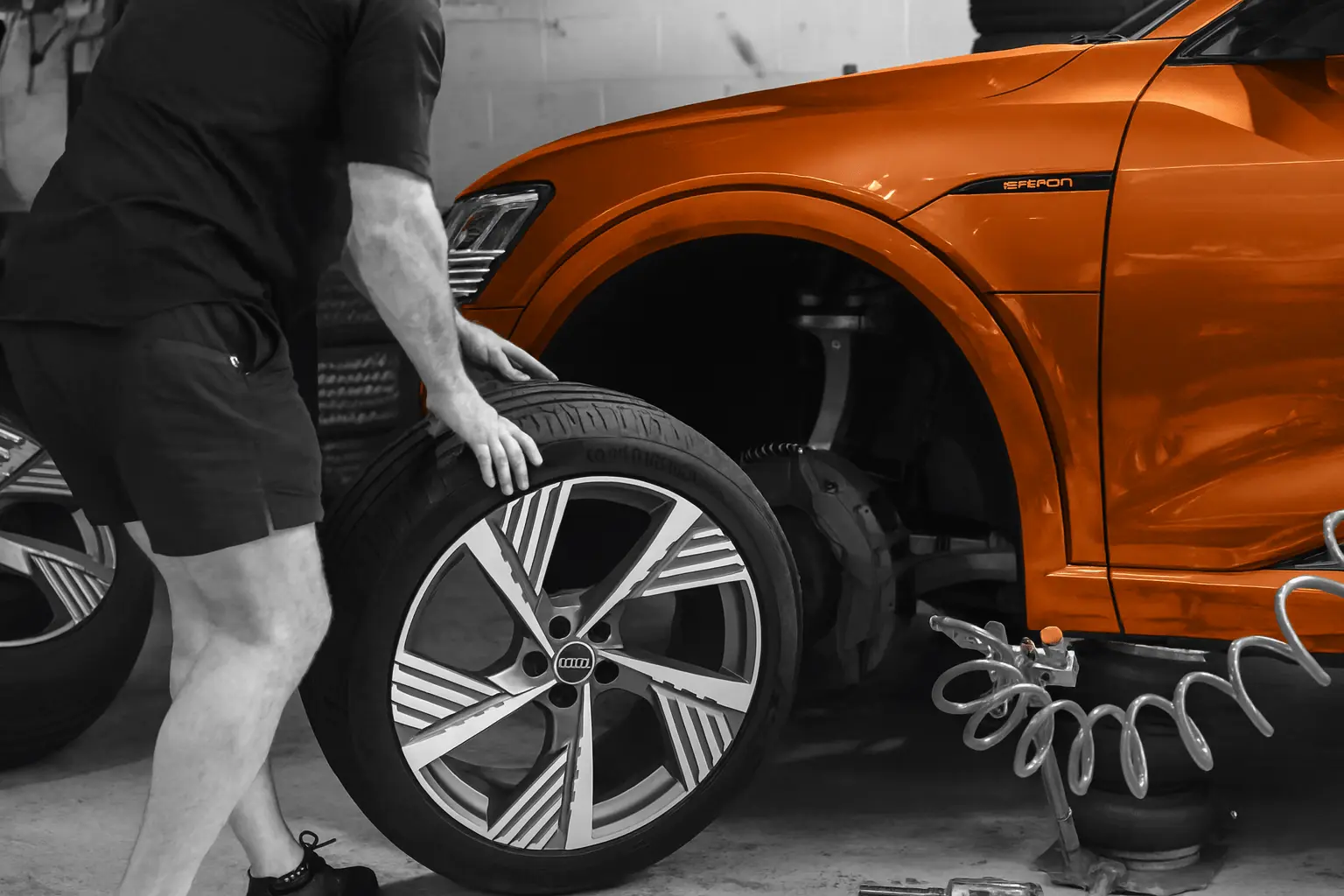
Alloy Wheel Repair Specialists in Auckland
Scuffed, curbed, bent or cracked? Get a factory-finish repair that lasts and restore your wheels to their former glory today. View our services →
Alloy & Mag Wheel Repair Services

Expert Repairer for 60+ car & wheel brands
Discover factory-finish alloy wheel repair for every kind of vehicle — prestige, performance, SUV, EV, or everyday runabout. Our specialist technicians restore alloy and mag wheels to a flawless, OEM-quality finish.
Purpose‑Built Equipment
CNC diamond lathes, hydraulic straightening presses and TIG welders mean factory‑level accuracy, and showroom-level quality.
Rapid
Turn Around
Most curb and scuff repairs are ready the same day; structural fixes in 24–48 hours, so you’re not off the road for long.
Workmanship You Can Trust
Every repair carries a 12‑month guarantee and is inspected to WOF standards before we hand back the keys.
Prestige Experience
From BMW to Ferrari, Porsche to Bentley, we refinish performance rims daily.

Years of service
wheels repaired
happy kiwis
location
We service alloy wheels nationwide from our high-tech workshop in Auckland.
grey lynn, auckland
Nearby? Swing by our workshop for a quick, no-pressure check and we will give you a quote while you wait.
Loan vehicles, and loan wheels are available.




